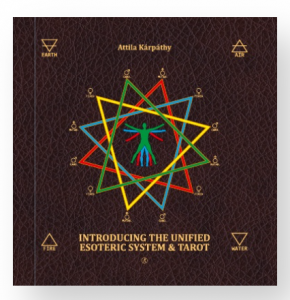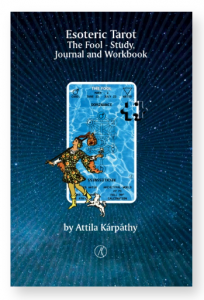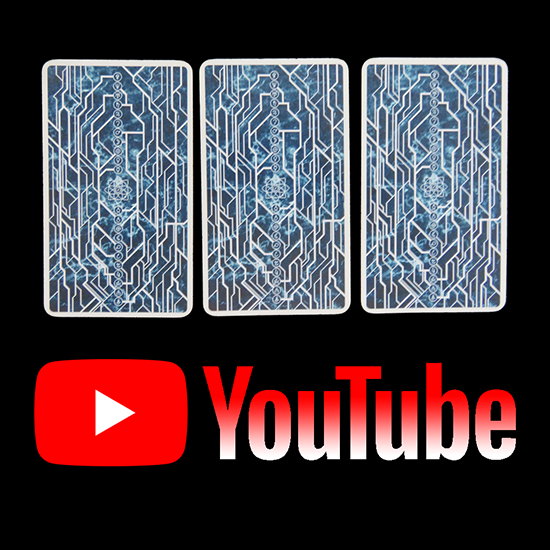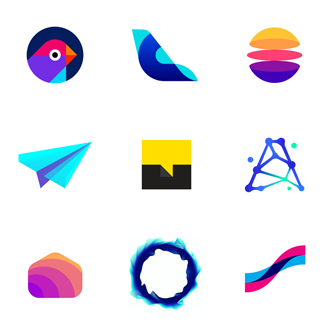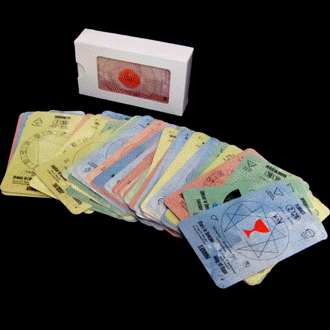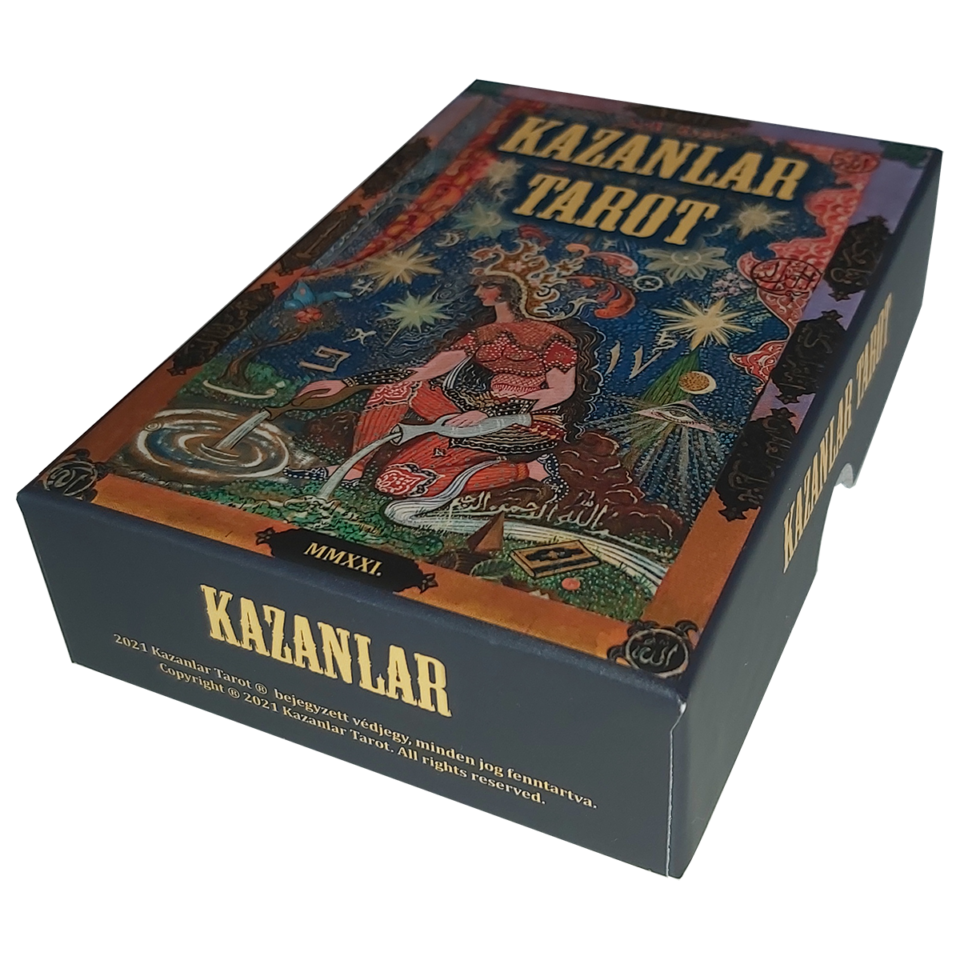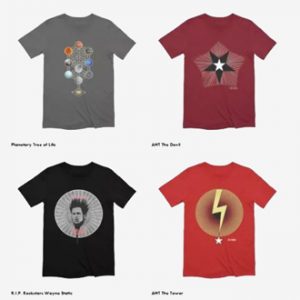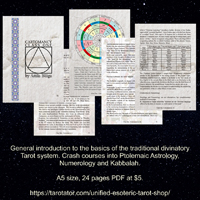The Marea Tarot – reimagining Crowley’s Thoth Tarot
Most modern Tarot decks are inspired by the work of Pamela Colman Smith and the guiding ideas of Arthur Edward Waite, manifested in the Rider-Waite Tarot deck.
The second most influential modern Tarot deck is Crowley’s Thoth Tarot.
While the first deck was produced in only five months, targeting commercial success, Crowley’s Thoth Tarot was created during five years of struggles and debates considering both esoteric and artistic matters. Aleister Crowley and the talent and perseverance of Lady Frieda Harris left no stone unturned to create an outstanding deck.
Another significant difference is the maturity of the protagonists – both knowledge-wise and from an artistic perspective. Pamela Colman Smith was commissioned to execute the deck when she was 31, while Lady Frieda Harris was 60 when she started working with Crowley.
Waite’s deck eventually became the world’s best-selling – commercial – Tarot deck, while Crowley’s deck grew into the best esoteric alternative yet remained a kind of connoisseur’s choice.
The Marea Tarot is the creation of Masa Kulenovic and an ambitious reinterpretation of Marguerite Frieda’s art. The idea for the deck was conceived in March 2020, during the lockdown period. The first brick was an artwork created for a virtual exhibition to commemorate April 25th, the anniversary of Italy’s liberation from fascism. Inspired by the Tower card, she made a linocut print entitled “La liberazione dell’anima” (The liberation of the soul). From there, the idea of recreating the entire Crowley deck sparked.
It took Masa one year of day-to-day work to complete all the seventy-eight cards and another six months to write the instruction booklet. The purpose was to reimagine Crowley’s unique system and Marguerite Frieda’s art in a contemporary way. The Marea Tarot was conceived as an inclusive deck that represents individuals with diverse skin tones, various body shapes, and disabilities and celebrates diversity.
The Marea Tarot is a homage to Crowley’s teachings and Lady Harris’s powerful art, which influenced this project as the Moon influenced the tides. “Marea” means tide in Italian.
The deck includes three versions of the Lovers card, suggesting subtle differences.
Publishing the deck proved to be another mountain to climb. The first attempt at crowdfunding didn’t go through, but fortunately, Masa didn’t give up on her dream, and the second run was successful. I was happy to back up her Kickstarter project and glad it was funded. I was keen to add the Marea Tarot to my Thoth collection.
Lady Frieda Harris used gouache to paint the cards. Gouache is a water-medium paint consisting of natural pigments and designed to be opaque. Both Crowley and Frieda Harris were very demanding, resulting in Harris having to repaint over a dozen images, including the Magus card, which she repainted at least seven times. The richness of details and clues embedded into each card has always fascinated me about the Thoth deck.
The Marea Tarot is a combination of photos, drawings and textures.
While the original deck has a sober and severe vibe, the Marea Tarot is lighter, brighter and more cheerful. However, it lacks many of those powerful details.
It is something that bothers me regarding most of the modern decks: the focus is mainly on the artistic presentation and less on the esoteric content. We tend to forget that the Tarot is a sensitive tool for various esoteric operations and not merely a creative expression.
Crowley wrote about the Thoth Tarot, “It is the vindication of my life’s work for the last 44 years, and will be the Compass and Power of the good ship Magick for the next 2,000 years.” He clearly speaks about an instrument of Magick, not a collection of marvellous images. On the other hand, Crowley was always very appreciative of Lady Frieda Harris’s contribution to the deck. Therefore, the best decks combine esoteric content with adequate artistic appearance.
The two decks have a difference in tone and clarity of details. Also, there is a perceptible shift from esoteric to mundane, respectively, social and personal matters expressed by the visual. It is a “detail” that attracts some and keeps others away.
Now, let’s talk about parallels and paradoxes.
I never liked the border of the Thoth Tarot. It was probably one of the details that prevented me from working with it. I first fall in love with the Thoth deck seeing the Death card. The whole construction and all the exquisite details are amazing. The entire Major Arcana is breathtaking. However, the Minor Arcana had a less remarkable impact.
With the Marea Tarot, I like the slim, white border. It is elegant and practical – the unavoidable cracks due to shuffling are not visible. While the sharp contrasts and all the details are the strength of the Thoth deck, the blurriness and vagueness give a completely different vibe to the Marea Tarot, breath a new life into it. The fogginess may hurt the Major Arcana cards, but it somehow works better with the Minor Arcana.
The large, non-standard size of the cards is also very appealing and favours the artwork. The 330 gsm black core linen finish card stock is probably one of the best currently available.
The gouache colours are opaque, while Masa’s work is vivid and explosive. Therefore, it is not a copy of the original deck but a refreshing reincarnation of it.
Speaking of esoteric content, the Marea Tarot is roughly built upon Crowley’s teachings and the Thoth Tarot structure. However, Masa, in addition to the original system, introduced Pluto, Neptune, Uranus and even Earth.
Masa reinterpreted the Tree of Life and associated Kether with Pluto, Chokmah with Neptune, Malkuth with planet Earth and Daath with Uranus. It somewhat reminds me of the efforts of Robert Wang with the Qabalistic Tarot and the Jungian Tarot.
While innovation is indispensable for progress, some experiments only produce mixed results.
Now, very briefly, according to the Jewish tradition and the standard Golden Dawn scheme, the ten Sefirot of the Tree of Life have no astrological attributes. Only the twenty-two paths between the Sefirot have astrological attributes distributed between the twelve zodiac signs, seven planets and three Elements. The issue with associating astrological attributes to the Sefirot is that it should be correlated with the astrological attributes based on the so-called Chaldean system. Robert Wang, with the Jungian Tarot, entirely dropped the Golden Dawn astrological system and adopted his original pattern based on his Sefirot attributes.
In the Marea Tarot, the Sefirot and the astrological attributes don’t match. For some, it can be an issue, while others may not mind it at all. Still, one familiar with the Thoth deck can work with it using Crowley’s method.
Three of the Major Arcana cards also have additional attributes. The Fool has been linked to Uranus, the Hanged Man to Neptune and the Aeon to Pluto.
The deck comes in a beautiful turquoise magnetic box with a nice colour print of the Tree of Life on one side and the astrological attributions of the cards on the other. The box also includes a well-designed, thoroughly written, full-colour guidebook, 180 pages, which can constitute a solid starting kit for anyone interested in beginning their Tarot practice. It is excellent for both beginners and those already familiar with Crowley’s work.
Is the Marea Tarot a perfect deck? It is not. Then again, which deck is perfect? There is no such deck. Is it a deck I would recommend you to have it? Absolutely! It is a recognisable Thoth deck but also has something special and unique.
You can purchase your copy from the official Etsy shop:
tarotcontempora

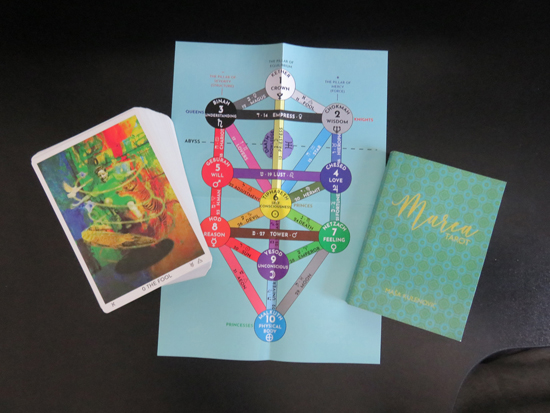


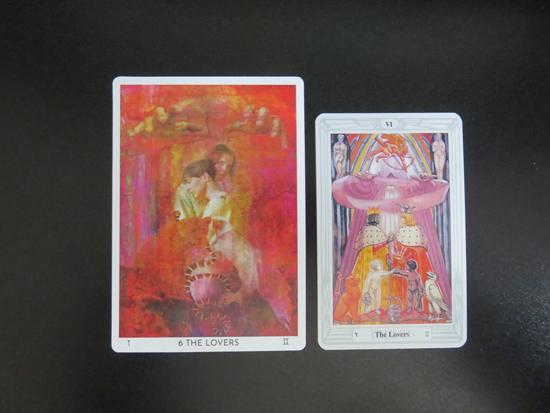





#tarot #tarotreview #attilakarpathy

